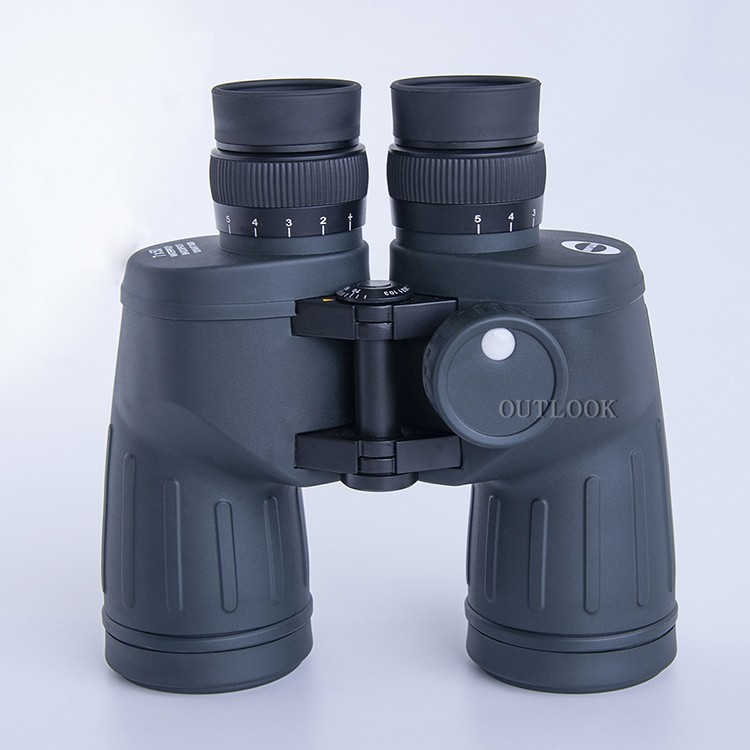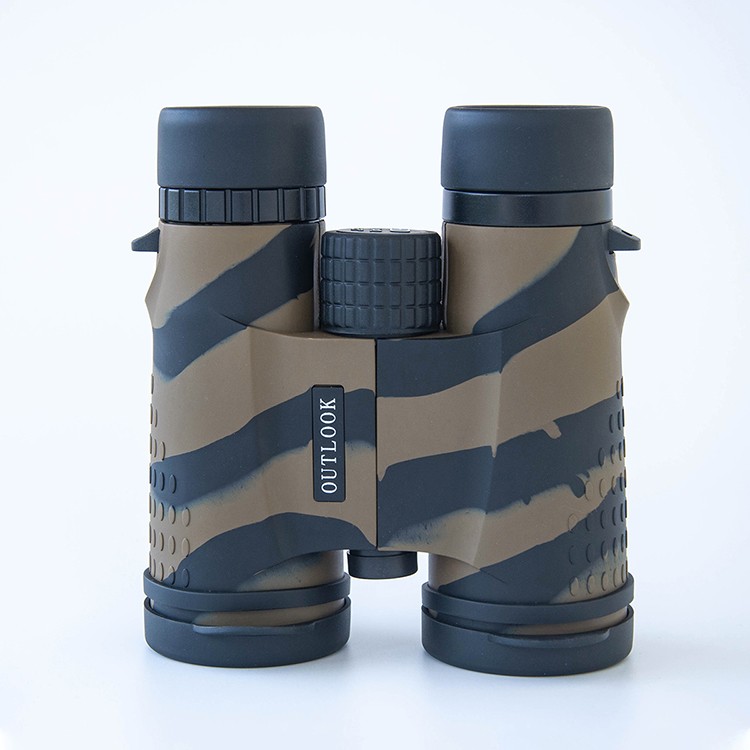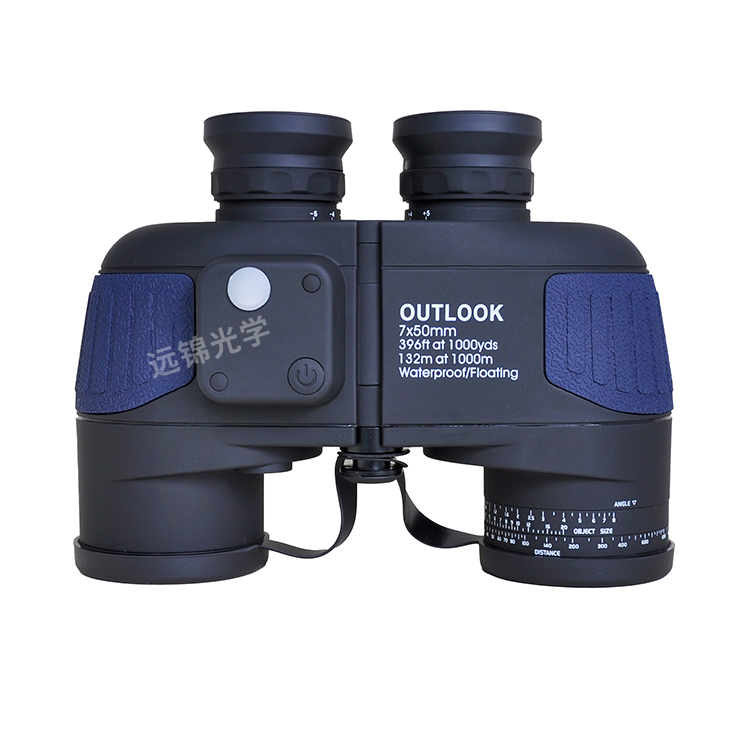When choosing a telescope, you need to combine it with your own usage scenarios (such as bird watching, astronomical observation, travel and portable, etc.), focus on the following core parameters, and master the corresponding selection skills:

1. Analysis of the core parameters of telescopes
1. Magnification (ratio)
Definition: The magnification of an object after passing through a telescope, usually marked as a number after "×" (such as "8" in 8×42).
Function: The higher the magnification, the larger the object looks, but it is limited by hand-held stability (hand shaking will amplify shaking) and light transmission. Blindly pursuing high magnification is not advisable.
Reasonable range:
Handheld telescope: 7-10 times is recommended (a tripod is required for more than 10 times, otherwise the image is prone to shaking and blurring).
Fixed/tripod telescope: up to 20-60 times (stable support is required).
Note: magnification ≠ clarity, high magnification may sacrifice field of view and brightness, and other parameters need to be comprehensively judged.
2. Objective lens diameter (aperture) of the telescopes
Definition: The diameter of the objective lens at the front of the telescope (unit: millimeter, such as "42" in 8×42), which directly affects the light throughput and field of view.
Function:
Light throughput: The larger the aperture, the more light enters the lens, and the brighter the image (especially in low-light environments such as dusk, indoors or astronomical observations).
Field of view(field of view): The larger the aperture, the wider the theoretical field of view (but the actual field of view is also affected by the design of the eyepiece).
Reasonable choice:
Daily portability: 30-42mm (balance brightness and volume).
Low-light environment/astronomy: 50mm or more (such as stargazing requires at least 50mm, and professional level can reach 80mm+).
3. Exit pupil diameter and exit pupil distance of the telescopes
Exit pupil diameter: objective lens diameter ÷ magnification (such as 8×42 exit pupil diameter = 42÷8 = 5.25mm), representing the thickness of the light beam entering the eye.
Function: The exit pupil diameter needs to match the size of the human pupil (about 2-3mm during the day and about 5-7mm at dusk/night). Too large (such as 7mm) will cause light waste, and too small (such as 2mm) will appear dim.
Recommended value: 3-5mm for daily use (suitable for daytime to dusk); 5-7mm for night/astronomy.
Exit pupil distance: The shortest distance from the eye to the eyepiece (to maintain clear imaging).
Function: Exit pupil distance ≥10mm is suitable for users wearing glasses (to avoid lens pressure on the eyes); short exit pupil distance (such as 5mm) needs to be close to the eyepiece, and may not be able to see clearly with glasses.

4. Field of view (field of view) of the telescopes
Definition: The size of the range that can be seen through the telescope, usually marked as "meters/1000 meters" or "degrees" (1°≈17.5 meters/1000 meters).
Function: The larger the field of view, the less frequent the telescope movement during observation, and the more suitable for tracking moving targets (such as flying birds, events).
Influencing factors: The higher the magnification, the narrower the field of view; the objective lens diameter and eyepiece design will also affect the actual field of view.
Reasonable range: Choose 100-120 meters/1000 meters (about 5.7°-6.7°) for daily viewing; choose 130 meters/1000 meters or more (about 7.4°+) for tracking dynamic targets.
5. Lens material and coating of the telescopes
Lens material:
Ordinary glass: low cost, but average transmittance and dispersion control (suitable for entry-level).
ED/HD glass (ultra-low dispersion glass): reduce chromatic aberration and improve edge imaging clarity (must-have for mid-to-high-end).
BAK4 prism: high total reflectivity, less light loss, brighter and sharper imaging (better than BK7 prism).
Coating technology:
Single-layer coating: basic anti-reflection, reduced reflection (common for entry-level models).
Multi-layer coating: comprehensively improve light transmittance (a must for high-end models), reduce glare, and enhance color reproduction.
Phase coating/waterproof coating: special functions (such as improving contrast or adapting to harsh environments).
6. Waterproof, anti-fog and durability of the telescopes
Waterproof level: IPX4 and above are splash-proof; IPX7 (immersion in 1 meter of water for 30 minutes) is suitable for rainy days or humid environments.
Anti-fog design: nitrogen-filled seals can prevent fogging inside the mirror (critical when the temperature difference is large).
Material: magnesium alloy/aluminum alloy body is light and drop-resistant; plastic body is cheap but less durable.
7. Focusing method and eyepiece design of the telescopes
Focusing method of the telescopes:
Central focusing: Rotate the central knob to adjust the left and right eyepieces at the same time, which is fast to operate (suitable for dynamic observation).
Independent focusing: adjust the left and right eyepieces separately (suitable for users with large vision differences).
Eyepiece design: wide-angle eyepieces can expand the field of view; high eyepoint eyepieces are suitable for users wearing glasses (exit pupil distance ≥ 15mm).
2. How to choose a telescope according to needs?
Telescope Scene 1: Daily travel/viewing
Core requirements: portable, clear, cost-effective.
Recommended parameters of telescopes:
Magnification: 8-10 times (handheld and stable).
Objective lens diameter: 30-42mm (balance volume and brightness).
Exit pupil diameter: 3-5mm (adapted to daylight).
Coating: at least multiple layers of coating; prisms choose BAK4.
Representative type: roof prism telescope (compact structure, such as 8×32, 10×42).
Telescope Scene 2: Bird watching/wildlife
Core requirements: high magnification and clarity, large field of view, and durability.
Recommended parameters of telescopes:
Magnification: 8-12 times (handheld and stable, can be used with a tripod).
Objective lens diameter: 42-50mm (to ensure brightness in low light).
Field of view: ≥110m/1000m (convenient for tracking flying birds).
Coating: ED glass + multi-layer coating (reduce chromatic aberration and enhance details).
Note: Avoid too high magnification (such as more than 15 times), otherwise the hand shake will be obvious.
Telescope Scene 3: Astronomical observation
Core requirements: large aperture, high brightness, stable support.
Recommended parameters of telescopes :
Magnification: 20-50 times (adjustable by replacing the eyepiece).
Objective lens diameter: more than 50mm (such as 70mm, 80mm or even 100mm+).
Exit pupil diameter: 5-7mm (adapted to night pupil).
Tripod: essential (stable support for large aperture lenses).
Note: Astronomical telescopes are mostly refractive or reflective (different from ordinary binocular structures) and need to be selected separately.
Telescope Scene 4: Navigation/military use
Core requirements: high waterproofness, anti-shake, and durability.
Recommended parameters of telescopes :
Waterproof level: IPX7 (immersion waterproof).
Focus mode: fast central focus (suitable for rapid observation at sea).
Material: magnesium alloy body + nitrogen-filled anti-fog.
Note: Some high-end models have ranging functions (such as military telescopes).
Summary: The key to choosing a telescope is to "balance parameters as needed" - match the magnification with the aperture, ensure image quality with coating and prism materials, and adapt the waterproofness and durability to the scene. Finally, choose a telescope model that suits you in terms of size, weight, and price.
field of view field of view field of view field of view field of view field of view Exit pupil Exit pupil Exit pupil Exit pupil Exit pupil Exit pupil Exit pupil Exit pupil Exit pupil Exit pupil Exit pupil Exit pupil Exit pupil Exit pupil Exit pupil Exit pupil


